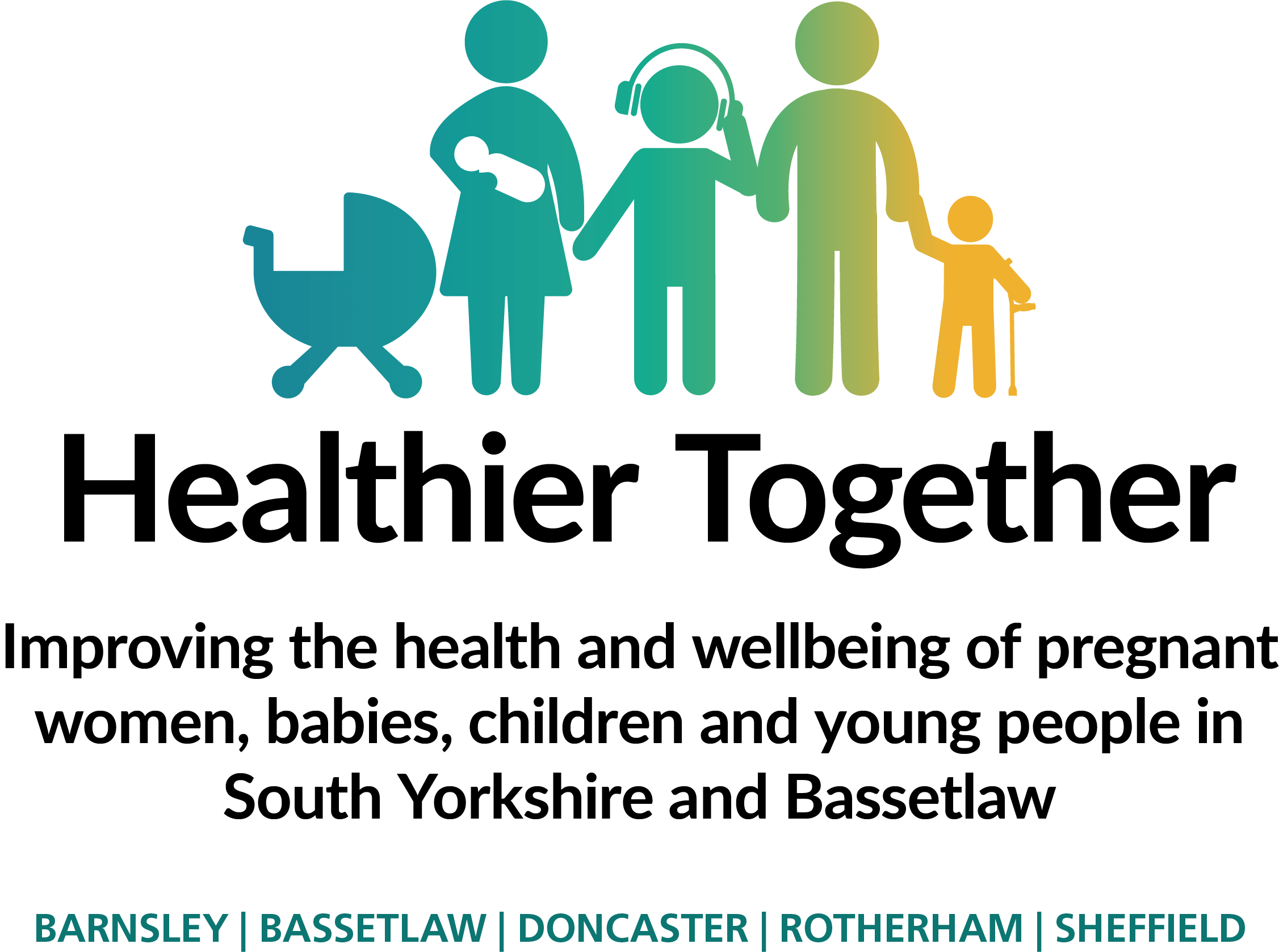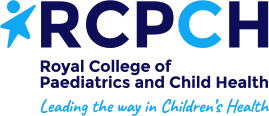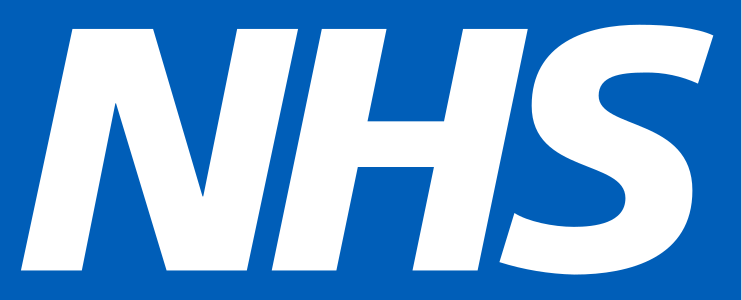Cerebral Palsy
What is cerebral palsy?
Cerebral palsy is an umbrella term used to describe a group of conditions that affect movement, posture and co-ordination. It can affect other areas of functioning as well including vision, hearing, speech and learning.
Children with cerebral palsy may have difficulties from birth or may have slow development of motor and other skills. A diagnosis may not be possible until the child is 2-3 years old depending on the individual child’s progress.
Symptoms of cerebral palsy
The symptoms of cerebral palsy are not usually obvious just after a baby is born. They normally become noticeable during the first 2 or 3 years of a child's life.
Symptoms can include:
- delays in reaching development milestones – for example, not sitting by 8 months or not walking by 18 months
- seeming too stiff or too floppy
- weak arms or legs
- fidgety, jerky or clumsy movements
- random, uncontrolled movements
- walking on tiptoes
- a range of other problems – such as swallowing difficulties, speaking problems, vision problems and learning disabilities
The severity of symptoms can vary significantly. Some people only have minor problems, while others may be severely disabled. For more information on symptoms click here.
Types of cerebral palsy
There are 3 main types. Many people will have a mixture of these.
Spastic cerebral palsy
Spasticity means the muscle tone is tight and stiff. This reduces a person's range of movement. As the muscle tone is so tight, spasticity can be very painful with muscles often going into spasm. It can affect different areas of the body.
Dyskinetic cerebral palsy
Sometimes called dystonic, athetoid or choreoathetoid cerebral palsy. Dyskinetic CP causes uncontrolled, involuntary, sustained or intermittent muscle contractions. It may be difficult to maintain an upright position. The person may find it difficult to control the tongue, vocal cords and breathing. This may affect speech and language.
Ataxic cerebral palsy
Ataxia is defined as an inability to activate the correct pattern of muscles during movement. This affects balance and spatial awareness. It can make it difficult to judge your body position in relation to things around you. Ataxia can affect the whole body. Most people with ataxia can walk but they will be unsteady with shaky movements. Ataxia can also affect speech and language.
Mixed cerebral palsy
Many people will have a mix of types.
Find information about cerebral palsy for young people here.
Support and advice
Speak to your health visitor or a GP if you're concerned about your child's development. If needed, they can refer you to a specialist team who can carry out an assessment.
Scope
Scope is the main UK charity for people with cerebral palsy and their families. They offer:
· advice and information for disabled people and their families
· an online community
· a free telephone helpline: 0808 800 3333 (Monday to Friday 8am to 8pm, and Saturday and Sunday 10am to 6pm)
· an email helpline: helpline@scope.org.uk



